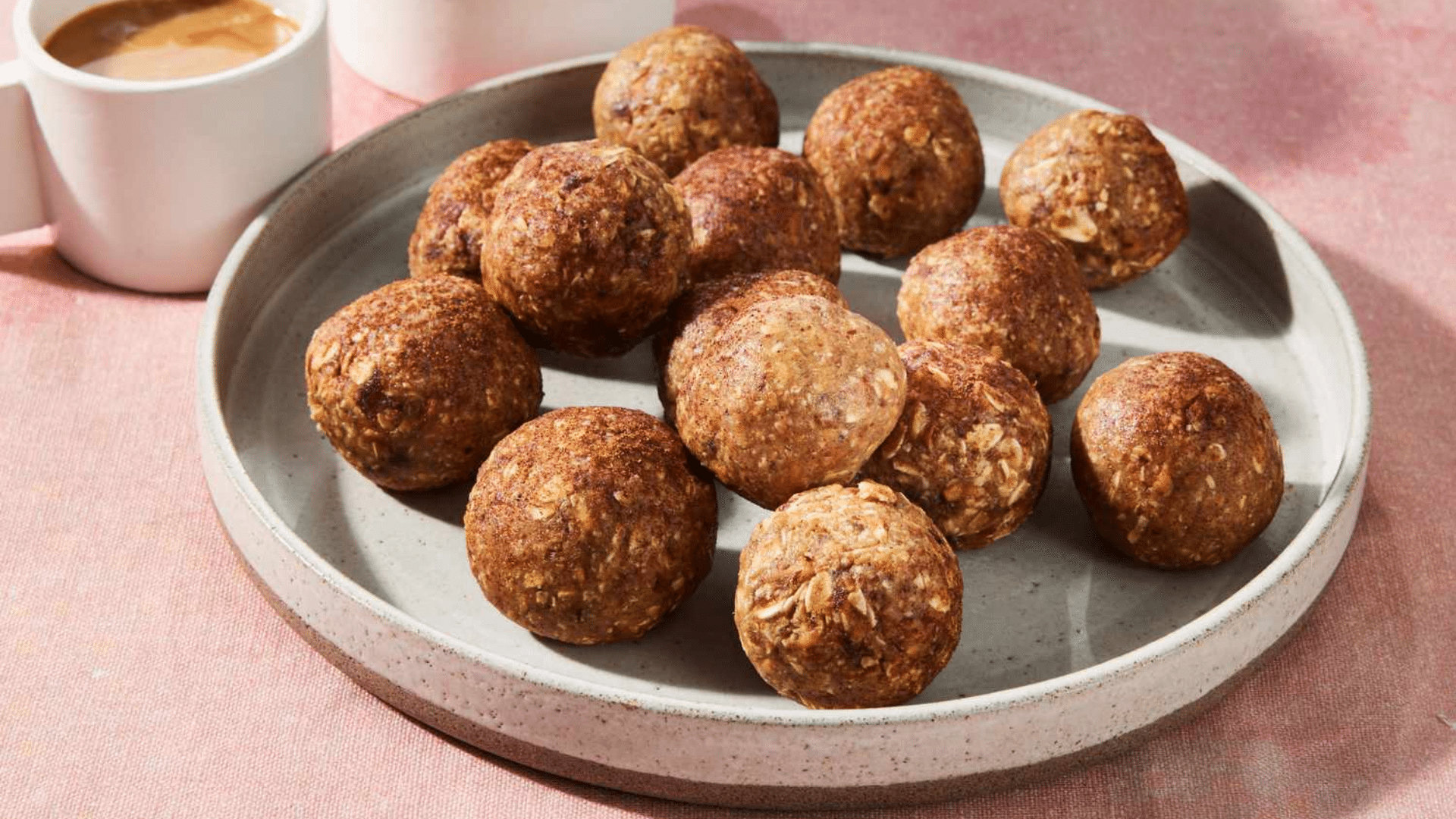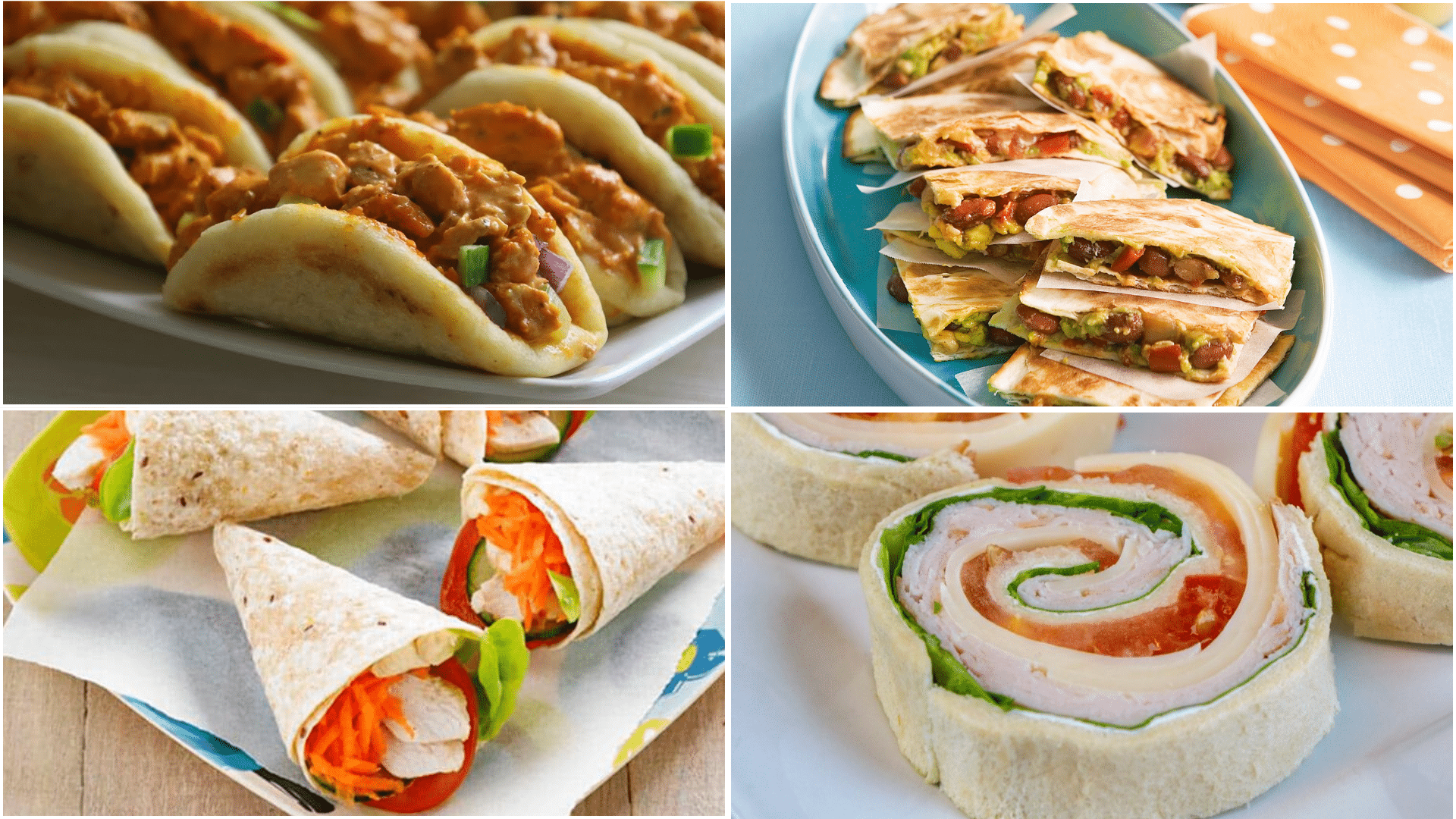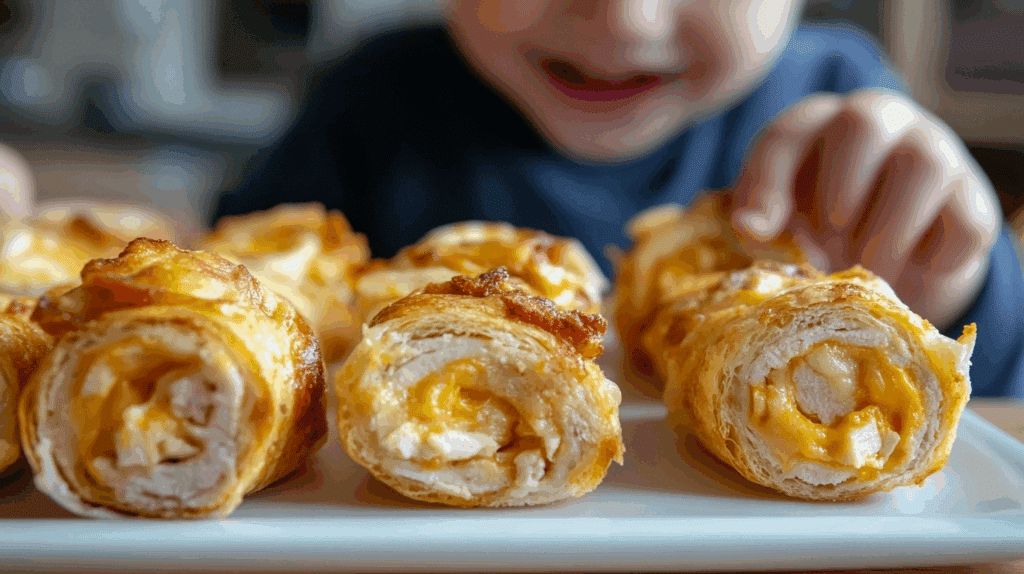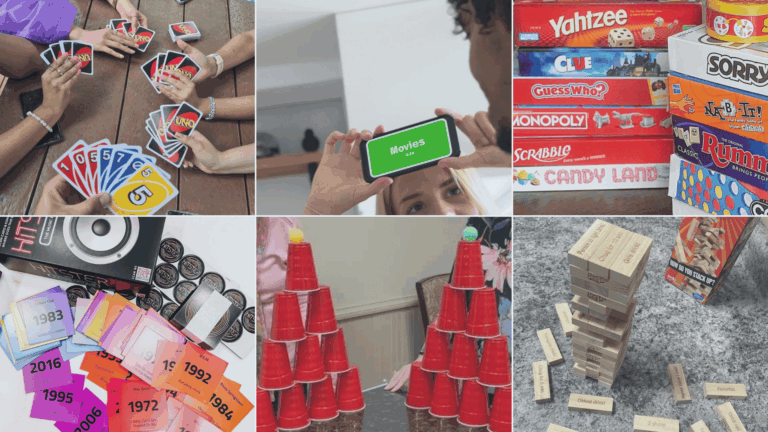Parents everywhere know the struggle. Those pre-packaged lunch kits catch little eyes in the grocery store, but they don’t always catch a break for the family budget.
But creating homemade versions isn’t just possible, it’s surprisingly simple.
With a few basic ingredients and some creative assembly, families can whip up customized lunch kits that cost a fraction of store-bought alternatives.
These DIY versions aren’t just economical, they’re also healthier, more adaptable to picky preferences, and produce less packaging waste.
Let’s jump in.
Why Choose DIY Lunchables?

Store-bought lunch kits might offer convenience, but DIY versions deliver so much more.
Parents gain complete control over ingredients, allowing them to sidestep unnecessary preservatives and excess sodium that often lurk in commercial options.
The financial math speaks volumes, too. Homemade versions typically cost 50-70% less than their store counterparts. Customization becomes effortless, letting families tailor portions and components to suit specific dietary needs or preferences.
Children often enjoy the process of helping assemble their creations, fostering independence and food curiosity.
Essential Ingredients for Budget-Friendly DIY Lunchables
When it comes to making budget-friendly lunchables, the key is to pick ingredients that are both affordable and versatile. You can create a variety of combinations with basic ingredients that can be used for multiple meals throughout the week.
If you’re packing lunch for kids or meal prepping for yourself, these ingredients will help keep the costs low without sacrificing taste or nutrition.
Here’s a table with the essential ingredients to include in your DIY Lunchables:
| Ingredient | Purpose | Benefits |
|---|---|---|
| Whole Wheat Crackers | Serve as the crunchy base for toppings and spreads. | Provides fiber and whole grains. |
| Cheese (Cheddar or Mozzarella) | Adds protein and calcium to the lunch. | Easy to portion, and rich in nutrients. |
| Deli Meat (Turkey or Ham) | A source of lean protein for balanced meals. | Low-cost and can be bought in bulk. |
| Fruit (Apple Slices, Grapes, or Berries) | A sweet and healthy snack addition. | Full of vitamins and antioxidants. |
| Vegetables (Carrot Sticks, Cucumber, Bell Peppers) | Adds color, crunch, and vitamins to your Lunchable. | High in vitamins and good for hydration. |
| Hummus or Nut Butter | Dip for crackers or veggies. | Healthy fats and proteins. |
| Boiled Eggs | A great source of protein and healthy fats. | Budget-friendly and filling. |
Delicious DIY Lunchables Recipes Ideas to Try

Easy DIY Lunchables recipes are a fun and nutritious way to pack school lunches that kids can enjoy assembling themselves.
They combine favorite deli meats, cheeses, crackers, and fresh fruits or veggies, allowing for customizable, balanced meals rich in protein, fiber, and vitamins.
Preparing these ahead saves time and ensures a healthier alternative to store-bought options.
1. Turkey and Cheese Roll-Ups
A simple, fun lunchable with turkey slices and cheese rolled together for a tasty, protein-packed snack. Add crackers or veggies for extra crunch and flavor, making it a well-rounded meal for kids.
- Ingredients: Turkey slices, cheese, crackers, veggies
- How to Prepare: Turkey and Cheese Roll-Ups Recipe
- Nutritional Balance: Protein from turkey, dairy from cheese, fiber from veggies.
- Storage Tips: Store in an airtight container; refrigerate up to 2 days.
2. Mini Pita Pockets
Stuff whole wheat mini pitas with hummus, cucumber, and turkey or chicken for a delightful bite-sized meal. These mini pitas are a great way to introduce kids to healthy, easy-to-eat sandwiches.
- Ingredients: Mini pitas, hummus, cucumber, turkey or chicken
- How to Prepare: Mini Pitas Pockets Recipe.
- Nutritional Balance: Fiber from pita, protein from turkey, healthy fats from hummus.
- Storage Tips: Keep in an airtight container; refrigerate up to 2 days.
3. Veggie Skewers
Create fun skewers with chunks of colorful vegetables like cherry tomatoes, cucumbers, and bell peppers. This easy recipe makes eating veggies exciting while providing a good mix of nutrients.
- Ingredients: Cheese cubes, cherry tomatoes, cucumber, bell peppers
- How to Prepare: Veggie Skewers Recipe
- Nutritional Balance: Protein from cheese, vitamins from veggies, and antioxidants.
- Storage Tips: Store in fridge in a sealed container; use within 2 days.
4. DIY Pizza Lunchables
Assemble mini pizzas with whole wheat crackers, marinara sauce, and mozzarella cheese. Add pepperoni or veggies for extra flavor and protein, making these personalized pizza bites perfect for kids.
- Ingredients: Whole wheat crackers, marinara sauce, mozzarella cheese, pepperoni
- How to Prepare: DIY Pizza Lunchables Recipe.
- Nutritional Balance: Carbs from crackers, protein from cheese, and pepperoni.
- Storage Tips: Refrigerate in an airtight container; consume within 2 days.
5. Chicken and Avocado Wraps
This recipe combines tender chicken pieces and creamy avocado for a nutrient-rich meal. Pair with whole-grain crackers for a complete meal that’s both filling and healthy.
- Ingredients: Cooked chicken, avocado, whole-grain crackers
- How to Prepare: Chicken and Avocado Wraps Recipe
- Nutritional Balance: Protein from chicken, healthy fats from avocado, carbs from crackers.
- Storage Tips: Refrigerate separately; consume within 2 days.
6. Fruit and Yogurt Parfaits
Layer Greek yogurt with fresh fruit and granola for a sweet and crunchy treat. This parfait offers a perfect balance of protein, vitamins, and fiber, making it a great snack for kids.
- Ingredients: Greek yogurt, mixed fruit, granola
- How to Prepare: Fruit and Yogurt Parfaits Recipe
- Nutritional Balance: Protein from yogurt, vitamins from fruit, fiber from granola.
- Storage Tips: Refrigerate up to 1 day before serving.
7. Egg Salad
Prepare a simple egg salad with boiled eggs, mayo, and mustard. Scoop it into small containers for easy, mess-free eating. Serve with crackers or veggies for added crunch.
- Ingredients: Boiled eggs, mayo, mustard, crackers, veggies
- How to Prepare: Egg Salad Recipe
- Nutritional Balance: Protein from eggs, healthy fats from mayo.
- Storage Tips: Refrigerate up to 2 days in a sealed container.
8. Mini Quesadillas
Make mini quesadillas by filling small tortillas with cheese and beans or chicken. These tasty snacks are easy to dip in salsa or sour cream for added flavor.
- Ingredients: Small tortillas, cheese, beans or chicken, salsa
- How to Prepare: Mini Quesadillas Recipe
- Nutritional Balance: Protein from cheese and beans, carbs from tortillas.
- Storage Tips: Store in an airtight container; refrigerate up to 2 days.
9. Cheese and Crackers
A classic, no-fuss option for lunch. Pair a selection of cheeses with whole-grain crackers for a balanced snack. Add a few sliced veggies for extra vitamins.
- Ingredients: Cheese, whole-grain crackers, veggies
- How to Prepare: Cheese and Crackers Recipe
- Nutritional Balance: Protein from cheese, fiber from crackers, vitamins from veggies.
- Storage Tips: Refrigerate cheese; store crackers separately.
10. Hummus and Veggie Dippers
Pair homemade or store-bought hummus with an assortment of fresh veggies like carrots, celery, and cucumber for dipping. This simple yet nutritious option is perfect for a light lunch.
- Ingredients: Hummus, carrots, celery, cucumber
- How to Prepare: Hummus and Veggie Dippers Recipe
- Nutritional Balance: Healthy fats from hummus, fiber from veggies.
- Storage Tips: Store hummus and veggies separately; refrigerate up to 2 days.
11. Apple and Peanut Butter Bites
Slice apples and pair them with peanut butter for a crunchy and satisfying snack. Add raisins or granola for a bit of sweetness and texture.
- Ingredients: Apples, peanut butter, raisins, and granola
- How to Prepare: Apple and Peanut Butter Bites Recipe
- Nutritional Balance: Protein and healthy fats from peanut butter, fiber from apples.
- Storage Tips: Store in an airtight container in the fridge.
12. Veggie Sushi Rolls
Create easy veggie sushi rolls with nori sheets, cucumber, and avocado. These colorful rolls are a fun way for kids to enjoy healthy veggies while learning to roll their food.
- Ingredients: Nori sheets, cucumber, avocado
- How to Prepare: Veggies Sushi Roll Recipe
- Nutritional Balance: Healthy fats from avocado, fiber from cucumber.
- Storage Tips: Store in an airtight container; eat within 1 day.
13. Tuna Salad Cups
Mix canned tuna with mayo and relish to make a simple tuna salad. Scoop into cups and serve with crackers or bread for dipping.
- Ingredients: Canned tuna, mayo, relish, crackers
- How to Prepare: Tuna Salad Cups Recipe
- Nutritional Balance: Protein from tuna, healthy fats from mayo.
- Storage Tips: Refrigerate in an airtight container up to 2 days.
14. Trail Mix Bites
Create your trail mix with nuts, dried fruit, and a bit of chocolate. Portion out in small containers for an easy, energy-packed snack.
- Ingredients: Nuts, dried fruit, chocolate chips
- How to Prepare: Trail Mix Bites Recipe
- Nutritional Balance: Healthy fats from nuts, fiber from dried fruit.
- Storage Tips: Store in an airtight container; keep cool.
15. Mini Tortilla Wraps
Wrap up turkey, cheese, and veggies in small tortillas for a bite-sized meal. These wraps are easy to make and perfect for kids who love to grab and go.
- Ingredients: Small tortillas, turkey, cheese, veggies
- How to Prepare: Mini Tortilla Wraps Recipe
- Nutritional Balance: Protein from turkey and cheese, vitamins from veggies.
- Storage Tips: Store in an airtight container; refrigerate up to 2 days
Money-Saving Tips for DIY Lunchables
Parents looking to stretch their grocery budget while providing fun, nutritious options for their children often turn to homemade alternatives.
DIY lunchables deliver the same excitement as store-bought versions but with significant cost savings. Creating these custom lunch kits doesn’t require fancy ingredients or special skills, just a bit of planning and creativity.
- Buy in Bulk: Purchase larger quantities of cheese, crackers, and meats, then portion them into smaller containers. The per-serving cost drops dramatically compared to individual packaging.
- Shop Sales Cycles: Track when lunchable components typically go on sale and stock up during these periods. Many ingredients freeze well for later use.
- Utilize Leftovers: Yesterday’s grilled chicken or roasted turkey makes a perfect protein addition, reducing food waste while keeping costs down.
- Invest in Reusable Containers: The initial investment in quality, divided containers pays for itself after just a few uses compared to disposable options.
- Seasonal Produce: Incorporate fruits and vegetables that are in season, which typically cost less and offer peak nutrition and flavor.
Wrapping It Up
DIY lunchables represent more than just a money-saving strategy for families.
By taking a few extra minutes during the weekend or evenings, parents create not only affordable lunch options but also opportunities for children to develop healthier relationships with food.
The verdict is clear: homemade lunch kits deliver satisfaction without sacrifice, proving that sometimes the best solutions are the simplest ones within reach.


















